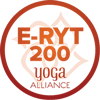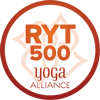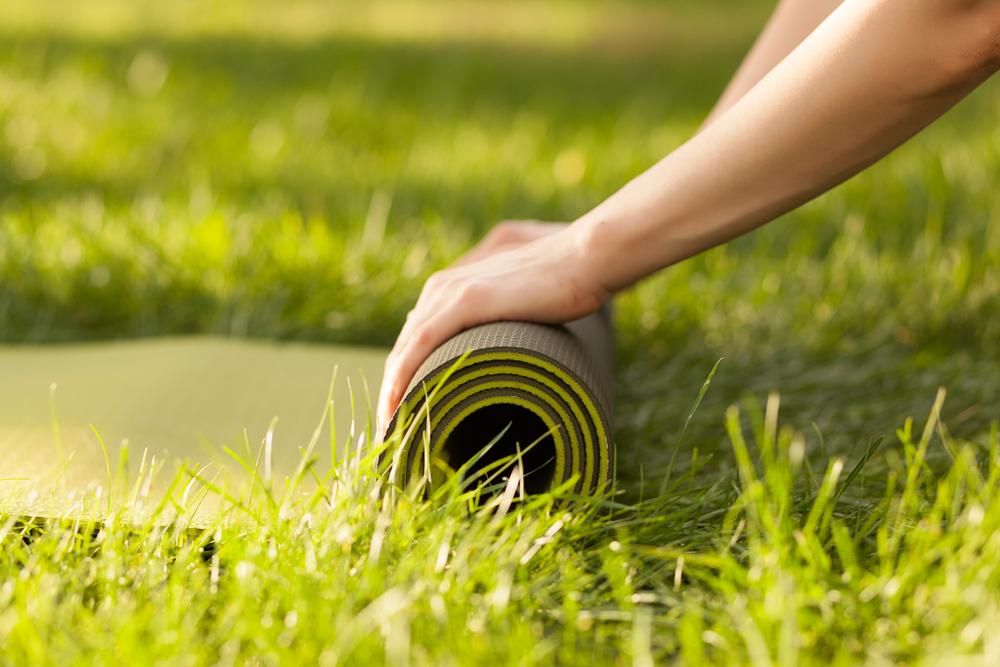
Spring is finally here! The days are getting longer, the sun is shining more often, and nature is coming to life again. This time invites us not only to go outside but also to clear up inside – physically and mentally. It’s a perfect opportunity to recharge with a detox through yoga and fully enjoy the spring.
How does detox with yoga work?
There is a variety of poses/asanas aimed at detoxifying and regenerating the body. Through these yoga poses, breathing exercises, and meditation, we support our organs in detoxification, strengthen the immune system, and promote our inner balance.
In spring, our bodies are particularly receptive to this type of cleansing. It’s the ideal time to release old blockages, both physical and emotional, and make space for new things.
According to Patanjali, an ancient Indian scholar of grammar, linguistics, yoga, and medical treatises, Saucha, inner and outer purity, is a central element of the yogic path. In the sacred language of Sanskrit, this term refers to purification on all levels – physical, mental, and emotional. Saucha is not only a concept but an active process that frees both our body and mind from negative influences and creates space for more energy, clarity, and well-being.
Saucha is the first of the 5 Niyamas (principles) that help us live a fulfilled and harmonious life. The Niyamas relate to our relationship with ourselves.
This specific form of detox through yoga aims to cleanse the body of toxins and enhance well-being. It combines physical movement, breathing techniques, and meditation to promote detoxification on various levels.
It is important to regularly align everything we take in, such as food on a physical level, as well as mental and emotional nourishment, in order to maintain and enhance health in the long run. Only through continuous practice can we maintain the balance between detoxification and nutrient intake on a physical, mental, and emotional level.
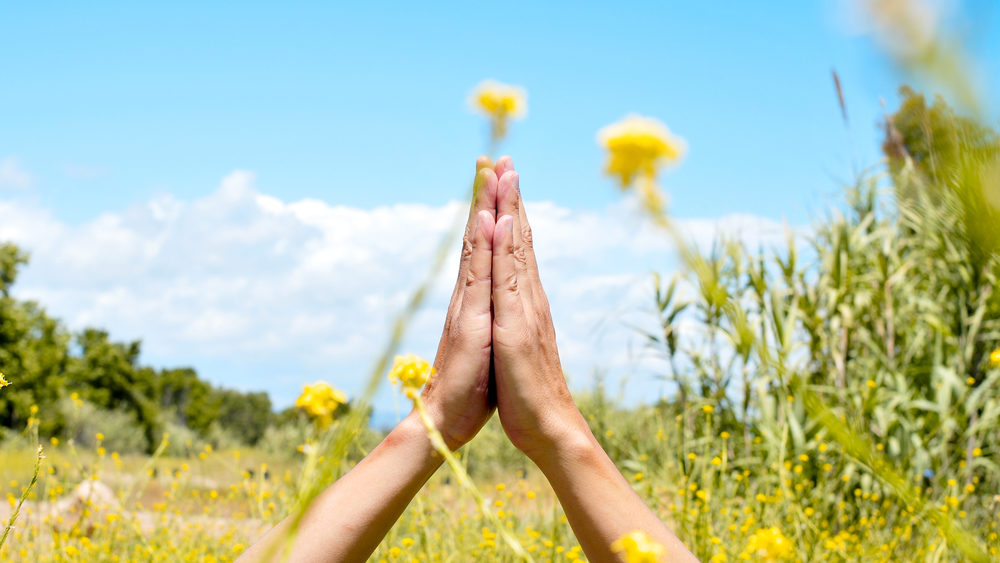
Body and Breathing Exercises that Help Detoxify the Body
We have prepared an effective selection of body and breathing exercises for you to try at home. These exercises detoxify your body, promote digestion, support the liver, and stimulate metabolism.
Breathing exercises that promote the detox process are a wonderful practice that helps free the body from toxins and boost vitality. These breathing techniques are often part of yoga practices and help increase lung capacity, improve circulation, and clear the mind.
Alternate Nostril Breathing (Nadi Shodhana)
One of the most well-known techniques with a high body and mind detox effect is Alternate Nostril Breathing (Nadi Shodhana), a yoga breathing technique that calms the body and mind, harmonizes energy flows, and enhances concentration. It is often used as a method to cleanse and balance the Nadis (energy channels).
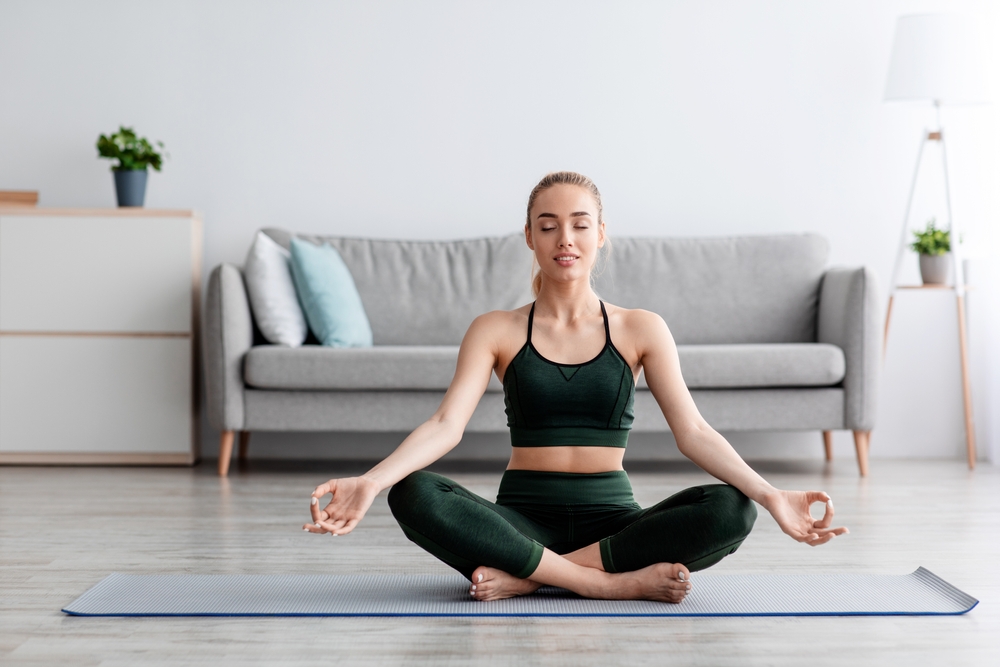
Step-by-Step Guide to Alternate Nostril Breathing (Nadi Shodhana):
1. Preparation
Sit in a comfortable, upright position. Your legs can be crossed in a comfortable meditation posture or in another position that works for you. Ensure that your spine is straight, and your chin is gently tilted towards your chest. Close your eyes softly and breathe calmly through your nose.
2. Hand Position (Vishnu Mudra)
Bring your right hand into a specific hand gesture (Vishnu Mudra) by folding the index and middle fingers inward, while keeping the other fingers (ring finger, little finger, and thumb) extended. The thumb will be used to close the right nostril, and the ring finger or little finger will be used to close the left nostril.
3. Begin the Breathing Exercise
Close the right nostril: Use the thumb of your right hand to close your right nostril. Inhale deeply and calmly through your left nostril.
Open the right nostril, close the left nostril: Now close the left nostril with your ring finger or little finger, and at the same time, open the right nostril. Exhale fully through the right nostril.
Inhale through the right nostril: Slowly and deeply inhale through the right nostril while keeping the left nostril closed.
Open the left nostril, close the right nostril: Close the right nostril with your thumb and open the left nostril. Exhale slowly and completely through the left nostril.
4. Repeat the Cycle
This completes one full cycle of Alternate Nostril Breathing. Repeat this cycle for 5 to 10 minutes, or as long as it feels comfortable. You can hold your breath (Kumbhaka) between inhalations and exhalations if you feel comfortable doing so, but avoid forcing the breath. Your natural breathing should remain calm and relaxed.
5. Conclusion
Finish the practice by gently placing your hands on your knees and taking a few deep breaths through both nostrils to integrate the effects of the practice.
Positive Effects of Alternate Nostril Breathing (Nadi Shodhana)
- Calming the mind
- Promoting mental clarity
- Balancing the energy channels (Nadis)
- Increasing oxygen intake
- Reducing anxiety and nervousness
- Promoting inner peace and well-being
- Improving breathing and breathing patterns
- Strengthening the parasympathetic nervous system
Detox Asana No. 1: Wide Forward Fold (Prasarita Padottanasana)
This asana is excellent for your hamstring muscles, and because your heart is literally “upside down,” it stimulates blood flow throughout the body. Additionally, the forward fold massages the abdomen, promoting digestion. This particular asana calms and grounds us, offering not only numerous positive effects on the body but also an opportunity to practice letting go and arriving fully in the present moment with yourself.
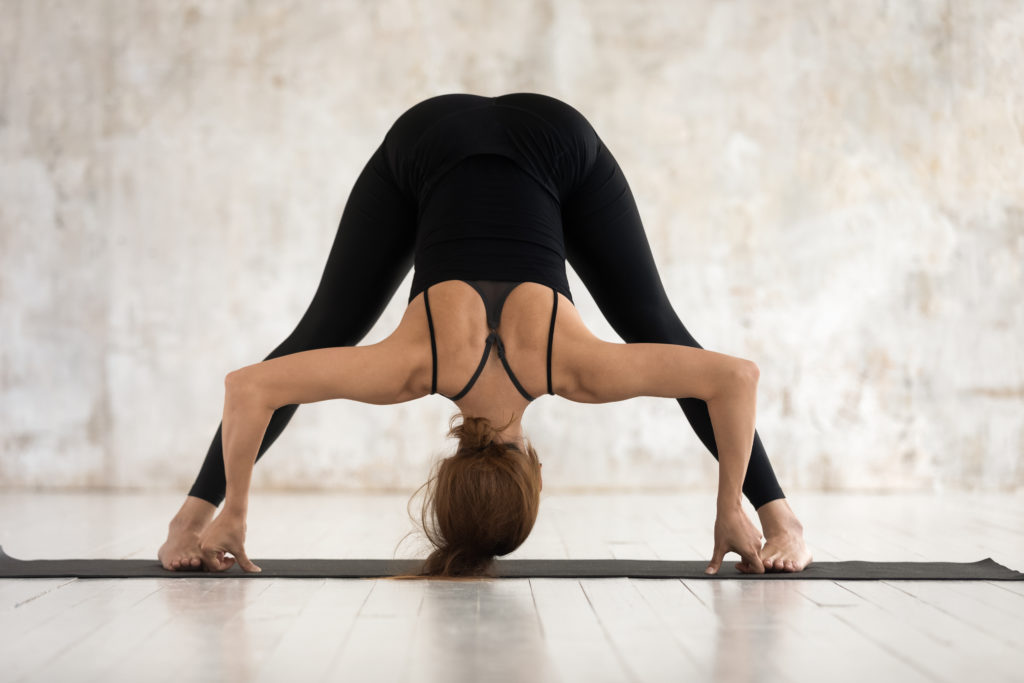
Instructions for Wide Forward Fold (Prasarita Padottanasana):
- Start in a Standing Position: Stand with your feet about 1 to 1.2 meters apart. Keep your feet parallel to each other, with your big toes pointing forward (12 o’clock) and the outer edges of your feet parallel to the edges of your mat.
- Extend Your Arms: Stretch your arms out to the sides, making them parallel to the floor. Your palms should face downward.
- Inhale and Lengthen Your Spine: As you inhale, elongate your torso.
- Exhale and Fold Forward: On the exhale, hinge from your hips and begin to fold forward. Keep your back straight as you lower your torso toward the floor.
- Hand Placement: Place your hands on the floor, on a block, or on your ankles, depending on how far you can bend.
- Relax Your Head and Neck: Let your head hang loosely, keeping your neck long. Ensure you’re not pressing your head downward but keeping it in a neutral position.
- Activate Your Legs: Engage your legs by tightening your thigh muscles, keeping your feet firmly grounded on the floor.
- Breathe Deeply and Steadily: Maintain a steady, deep breath. Hold the pose for several breaths, feeling the stretch in your legs and back.
- To Come Out of the Pose: Slightly bend your knees, inhale, and slowly rise up with your torso, lifting your arms back to the sides.
Detox Asana No. 2: Chair Pose with Twist (Parivrtta Utkatasana)
The twist in this asana creates gentle pressure on your kidneys, liver, and spleen, which stimulates digestion and supports the flushing out of toxins. Additionally, this asana strengthens your thighs and helps tone your glutes.
All twists from the center have a detoxifying effect that benefits your body. In our Power Yoga Flow on Soho, you can experience these refreshing exercises live and feel how they revitalize your body.
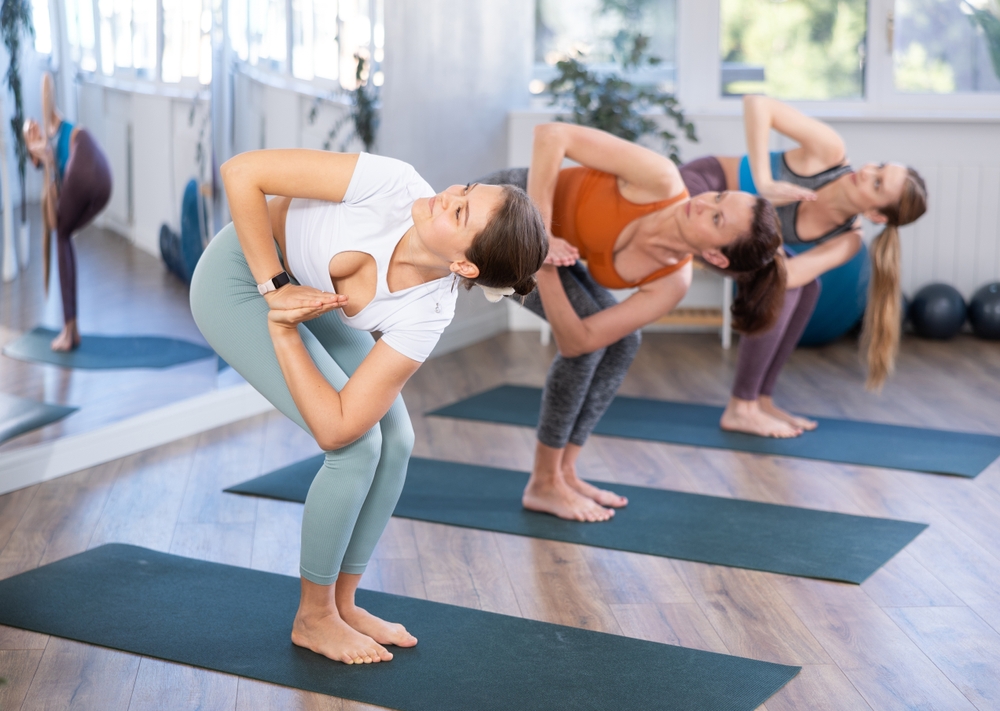
Instructions for Chair Pose with Twist (Parivrtta Utkatasana):
- Stand upright on your mat and bring your feet together.
- Stretch your arms upward, with your palms facing each other.
- Slowly bend your knees as if you were about to sit on a chair. Tilt your pelvis slightly back, keeping your heels firmly grounded on the floor.
- Bring your hands into a Namaste position in front of your chest, twist your torso to the left, and press your right elbow against the outside of your left knee. Your left elbow should point straight upward (the photo above shows the pose on the other side).
- Make sure your knees remain at the same height in this position.
- Hold the pose for a few breaths, then switch sides.
Meditation and Mindfulness
Meditation and mindfulness also play a crucial role in the detoxification and cleansing process. With meditation, we can calm our minds, reduce stress, and regain our inner balance. Practicing mindfulness in everyday life helps us become aware of our thoughts, emotions, and physical sensations, allowing us to release negative influences.
In Conclusion
Incorporate this beneficial routine into your daily flow and experience how quickly the detox and cleansing processes begin. Let yourself be inspired by the energy and lightness you gain from it.
Remember, every breath is a new opportunity to renew yourself. We wish you a refreshing and purifying yoga practice!
Peace in the world starts with peace in oneself. If everyone lives mindfully, everyone will be more healthy, feel more fulfilled in their daily lives and there will be more peace.
– Thích Nhất Hạnh
Namaste,
Karin & Team
